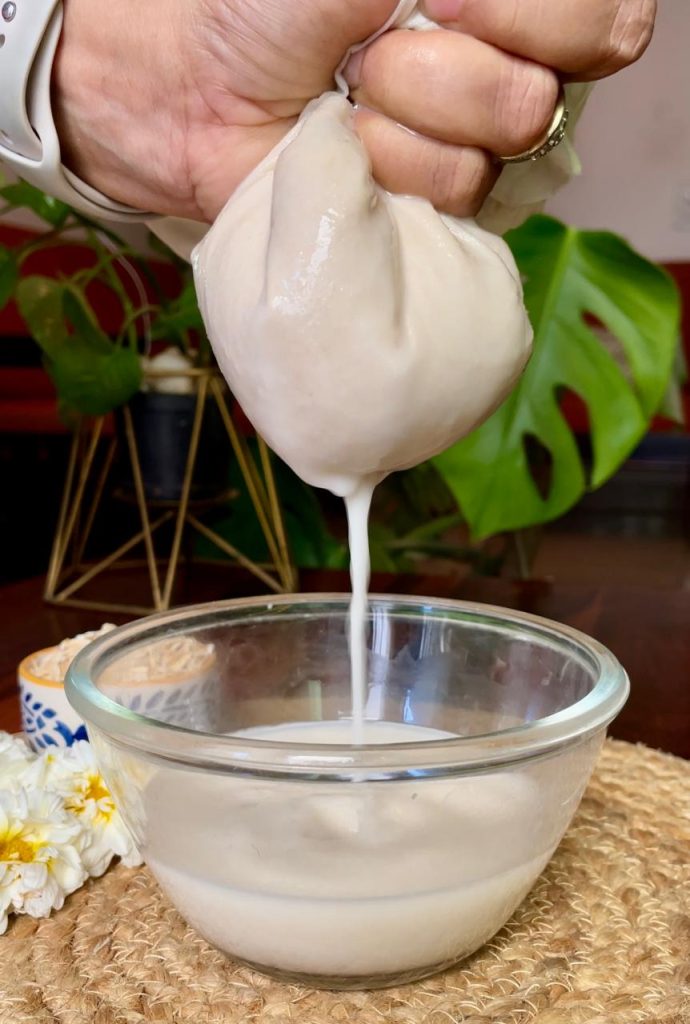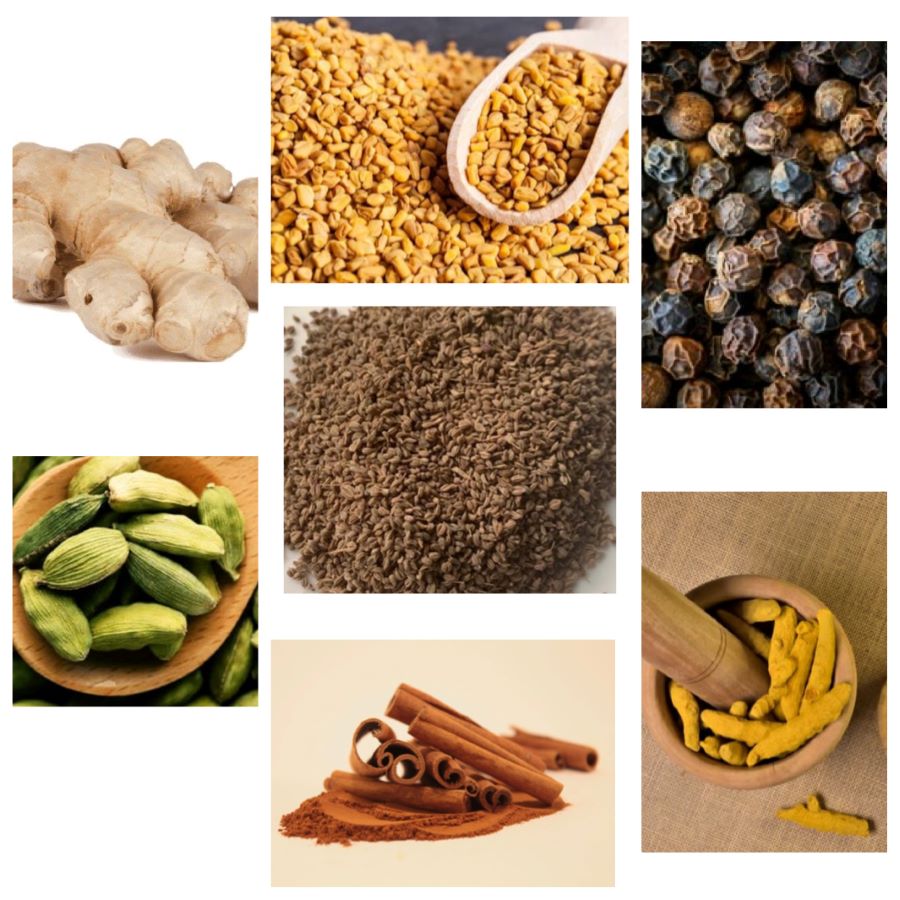
Mucus has several names. Less elegantly it is known as a snot, sticky substance that comes out of your nose or phlegm that clogs your lungs. Nobody is a fan of such stuff especially when you are sick.
Technically mucus is a sticky, gelatinous material that lines your lungs, throat, mouth, nose, and sinuses. We all need mucus. We have mucus membranes lined from the nose right up to the lungs. Its main function is to trap bacteria, viruses, and allergens like dust or pollen in your nose and prevent them from spreading through your body and making you sick. You may have noticed that when you are in a place which is very polluted and later when you blow your nose or cough up mucus, it contains specs of black colour. This is because the mucus has picked up different allergens from the polluted area and your body is expelling it out. This is a good thing. Your body is doing the right thing for you at the right time.
Mucus is also made by the digestive system, the cervix, and the urinary tract. But here we’ll be focusing on respiratory mucus.
Mucus in itself is not a problem. It is our body’s line of defence. It’s a good thing but the problem comes when your body produces excess mucus or the mucus that is thick and irritates your throat and airways. Most people swallow mucus all day long without even realizing it. The mucus passes through your throat and into your stomach, where any irritants or bacteria are disposed off. But only when it becomes thick people actually notice mucus.
Over production of mucus in the body for a long period of time causes diseases or make it difficult for your body to heal from an infection. It keeps the bacteria and pathogens trapped inside your system and these pathogens that are attached to your organs are depriving your cells of oxygen ultimately leading to bigger problems.
Reasons why body produces Excess Mucus
- One of the main reasons is an infection- viral or bacterial. Infection can make mucus thicker and stickier. Infections causes inflammation causing certain airway glands to produce more mucus. That mucus can get thick with bacteria and cells that arrive to fight the infection.
- Allergies like dust allergy, pollen allergy can also cause your body to produce excess mucus. When you have an allergy, your immune system overreacts to harmless substances like dust, pollen, dog or cat hair and produces extra mucus.
- Dehydration is another very common reason which makes your body produce excess mucus. If your body is not hydrated enough, your sinuses will not have enough lubrication to produce thinner mucus.
- Regular consumption of processed foods that contain too much salt or sugar can mess with your gut and cause inflammation in your body. Excessive and inadequate mucus can be triggered by food additives such as thickeners, preservatives and other artificial substances added in processed foods.
7 foods in your Kitchen that can help break Excess Mucus
1) Ginger: Ginger is an excellent anti-inflammatory, antihistamine and a natural decongestant. It has antibacterial and antiviral properties that are useful in drying out mucus from sinuses, nasal passage and chest providing relief and preventing infections. It contains compounds called gingerols and shogaols which give ginger its medicinal properties.
2) Cardamom: Cardamom popularly known as the ‘Queen of Spices’ is used as a flavoring agent and as a mouth freshener. It is traditionally taken after meals for aiding digestion and assimilation of nutrients. It aids easy digestion of food by protecting mucus membranes. It helps to loosen mucus and expel it from respiratory tract.
3) Fenugreek Seeds: This is one of my favourites and works like a charm. Fenugreek maintains mucus conditions of the body, mostly the lungs, by helping to clear congestion. It also acts as a throat cleanser and mucus solvent that also eases the urge to cough. In traditional Chinese medicines, fenugreek is known as ‘phlegm remover’ as it is said to break up stuck energies and cool inflammation in the body.
4) Caraway seeds or Ajwain: Another one of my favourite ingredients. Ajwain helps to reduce irregular pains of the intestines and stomach in both adults and children. It contains a compound called Thymol that helps to treat many infections. It can help expel mucous and may improve the symptoms of chronic bronchitis and asthma. It is also helpful in giving relief from chronic colds and cough. If you can’t find ajwain in your area, then you can substitute it with thyme leaves. They both belong to the same family with almost similar effects.
5) Cinnamon: Cinnamon is a natural expectorant. It has antimicrobial and anti-inflammatory properties. Cinnamon can help in reducing inflammation in the respiratory tract. It may also provide relief from coughing by soothing the throat.
6) Black Pepper: Black peppercorns contains a compound called piperine, which is known to have antimicrobial properties. Black pepper also has expectorant properties, which can help in relieving congestion and expelling mucus from the respiratory tract.
7) Raw Turmeric Root: Raw Turmeric contains an active powerful compound called curcumin, which aids in the dissolution of mucus. It also improves chest congestion. It is antibacterial, antiviral and a natural antibiotic which can help in reducing inflammation from the body and fight off infections that cause excess mucus.
Brews and Remedies Effective in Expelling Mucus and help to Improve Lung Health
Recipe 1
Take 1/2 tsp fenugreek seeds. Either soak it overnight or boil it in 2 cups of water. Reduce it to half. Sip it warm either on an empty stomach or any time of the day.
Recipe 2
Boil 1 inch raw turmeric root in 500 ml water. Add 4 to 5 crushed black pepper corns to it. Black pepper increases the bioavailability of curcumin by 200%. Reduce the concoction to half. Sip it warm.
Recipe 3
Boil 10 to 12 fresh holy basil leaves in 2 cups of water. Add 2 crushed cardamom pods. Reduce it to half and sip it warm.
Recipe 4
Boil 1/2 an inch ginger root in 500 ml water. Add 1 teaspoon fennel seeds. Reduce it to half and sip it warm 1 or 2 times in a day.
Recipe 5
Dry roast 1/2 tsp of caraway seeds/ajwain. Crush it into a fine powder. Mix it with 1 teaspoon of raw honey and consume it twice a day.
Recipe 6
Mix 1/4th teaspoon of dry ginger powder and cinnamon powder each. Add it to a teaspoon of coconut oil or raw honey and consume it twice a day. It has drying effect making it a great natural expectorant.
Bottom line:
These remedies are very effective in getting rid of excess mucus if taken regularly. You don’t have to stick to just one concoction. You can keep changing it as you like. But please remember these remedies are not some magic pills. They alone will not help you. Yes, they do work but along with these remedies, make necessary lifestyle changes for better health. Get proper sleep, eat home cooked fresh meals, cut down on processed sugar and junk and say no to sedentary lifestyle. This ultimately will take you a long way. Cheers to good health!
Disclaimer: None of the above remedies are a replacement for medical treatment. Please review the ingredients with your healthcare expert if you have a medical condition.































